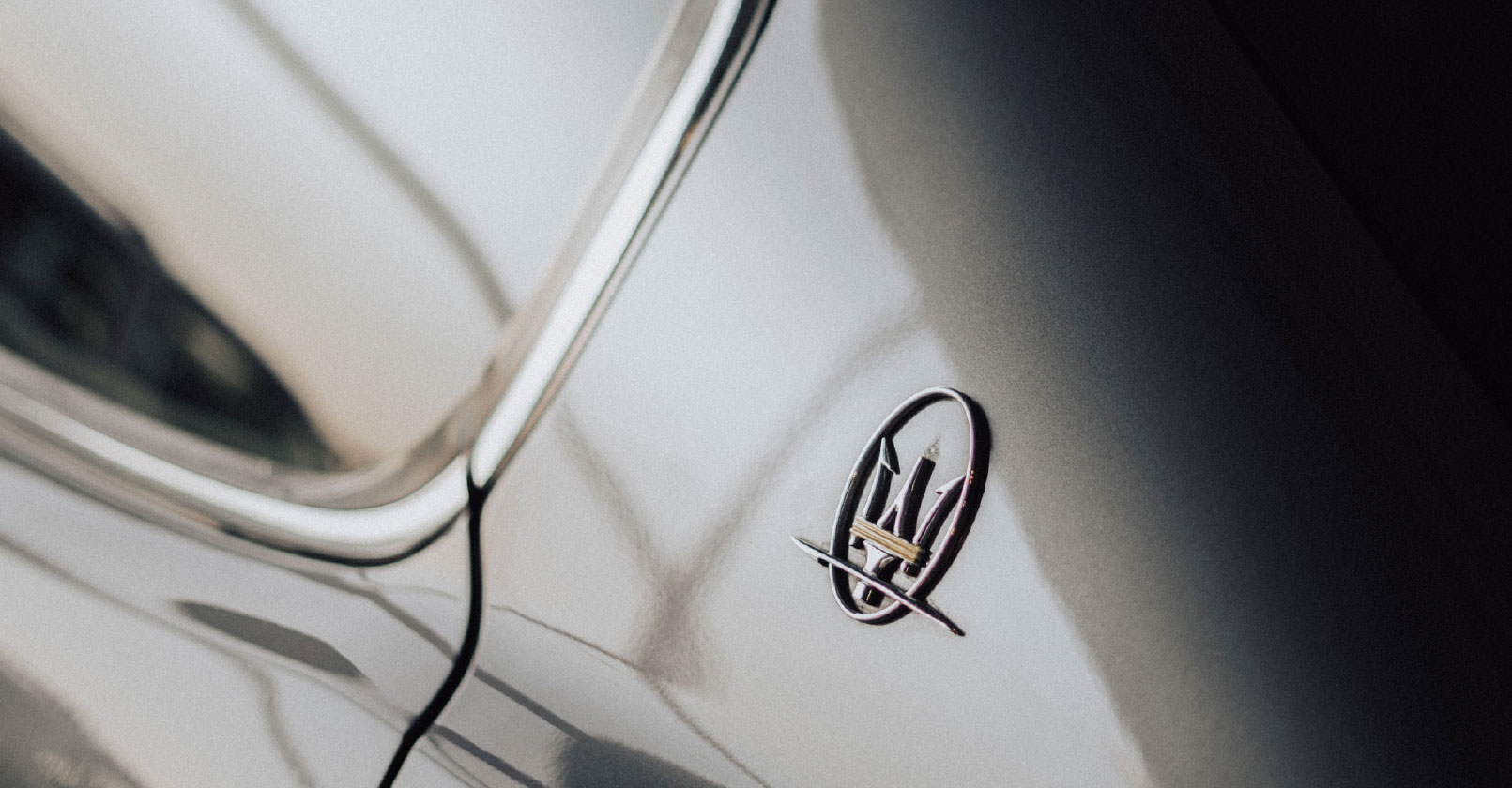
25 Sep Silk appeal and luxury cars
Most commonly associated with luxury clothing, silk might seem an unlikely candidate for upholstering cars. But one long-standing collaboration between two well-known brands has dispelled this myth. Their idea serves as proof that innovation and a passion for creating outstanding products can lead to extraordinary results.
Ermenegildo Zegna and Maserati joined forces in 2013 to create a durable, functional silk, suited to the practical – and aesthetic needs – of luxury cars. The two prestigious brands had the same innovative, creative spirit, which is still going strong today. The idea to use silk in cars represented both a revolution in the automotive world, and a challenge, in proving that silk could be more than just a fabric used to make clothing.
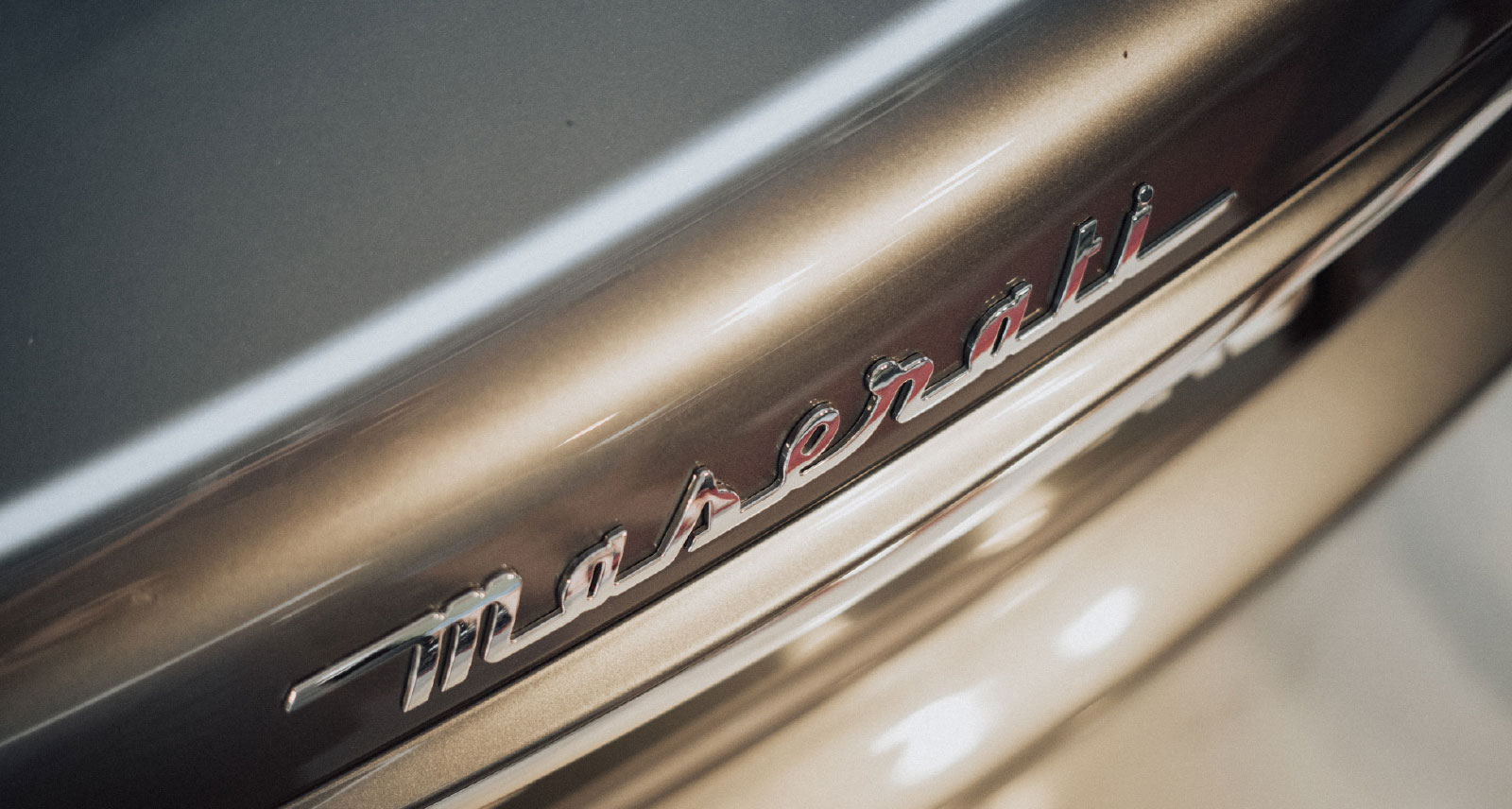
Source: pexels.com/it-it/foto/auto-lusso-logo-emblema-5366862/ – Photo by Suleyman Seykan
After years of testing and refining (taking into account factors such as prolonged use, temperature fluctuations, humidity and sunlight), the Quattroporte Ermenegildo Zegna special edition became a reality. In 2015, natural mulberry silk fibre began to be used to upholster the interiors of the Ghibli model. The Zegna interior option is now also available for upholstering the seats, doors and headlining of other Maserati models.
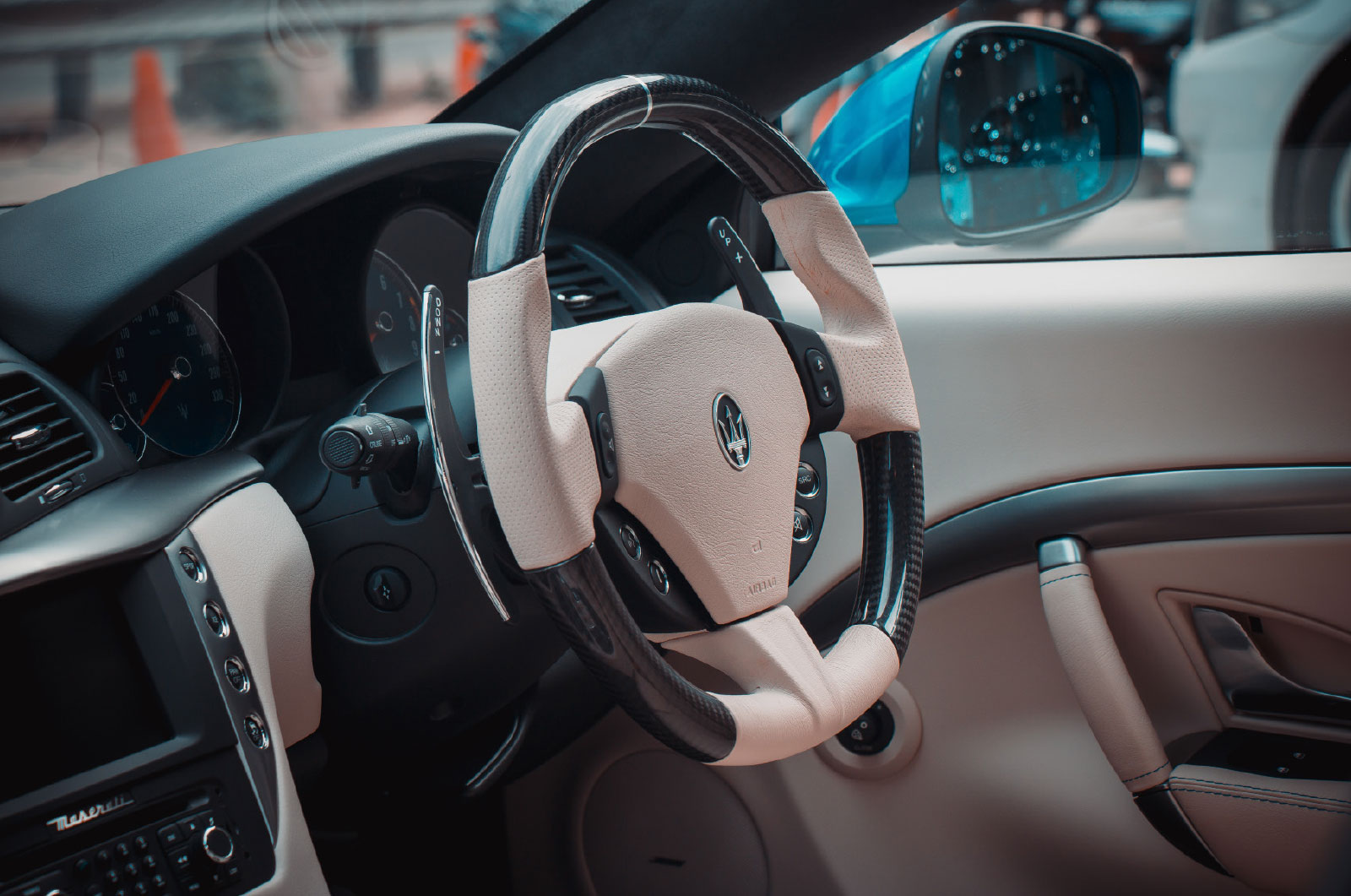
Source: pexels.com/it-it/foto/interni-sterzo-costoso-auto-di-lusso-9575867/ – Photo of Ammy K
The fabric created specifically for the seats is considerably heavier than the fabric used in the fashion industry (320 g/m vs 150 g/m), but it ensures comfort, freshness and durability, even in warmer climates, as compared to leather. With its natural lustre, silk adds a touch of class to car interiors, creating an elegant space for the driver and passengers.
Besides aesthetics and comfort, there’s more: silk has a long history and rich tradition. It symbolises the very best of high-end Italian workmanship. The production process requires artisanal craftsmanship, to create fine fabrics that stand out for their quality and originality.
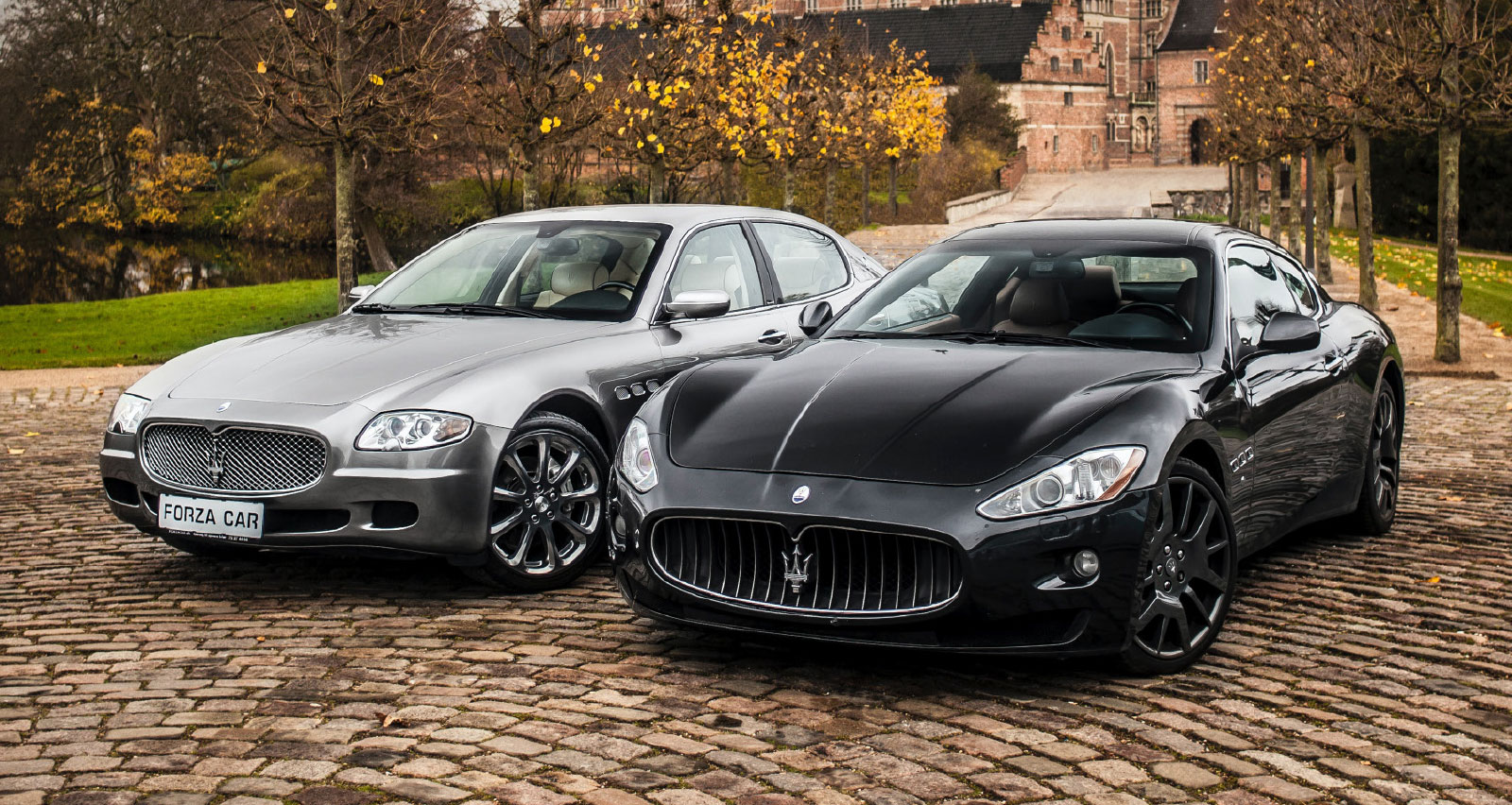
Source: pexels.com/it-it/foto/auto-veicolo-lusso-marciapiede-6894429/ – Photo of Sebastian Pichard
Moreover, silk is sustainable. It is less harmful to produce than any other synthetic fabric. Silk is also biodegradable. At the end of its life cycle, it does not add to the growing mound of plastic waste and can be recycled.
Silk’s use in luxury vehicles pays testimony to its timeless appeal. And the iconic Italian business partnership, which continues to this day, is a celebration of all made-in-Italy products have to offer, and serves as a springboard for a new era. It stands as proof that creating a driving experience that is both extraordinary and sustainable can be done.
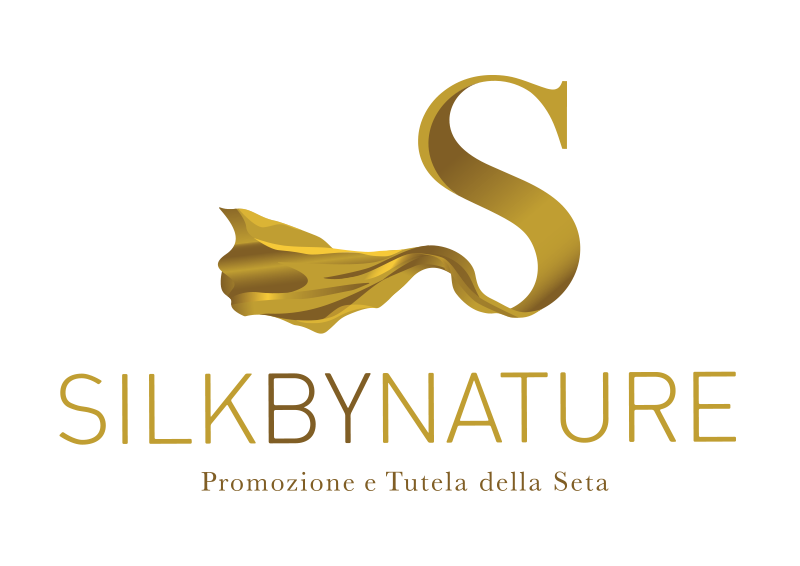



Sorry, the comment form is closed at this time.